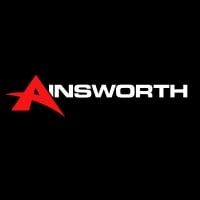
Ainsworth Game Technology
In 1995 Len Ainsworth founded Ainsworth Game Technology Limited with a commitment to become the leading manufacturer and supplier of gaming machines, software and related equipment developed. Ainsworth is part of the gaming industry focusing on the design development and manufacturing of gaming machines , software and related equipment supplies. Today Ainsworth is a premier manufacturer of global gaming products with over 200 years of gaming experience, Ainsworth Game Technology is commited to a culture of quality, innovation and excellence. Ainsworth distributes a range of gaming products, entertaining standalone progressives and linked games through its sales offices and distributors in Australia, New Zealand, Asia, USA and Europe. Our vision is clear: • To deliver excellence in Global Gaming Solutions Our mission is concise: • To provide high quality innovative gaming solutions globally • To secure sustainable profitability and growth for all stakeholders






